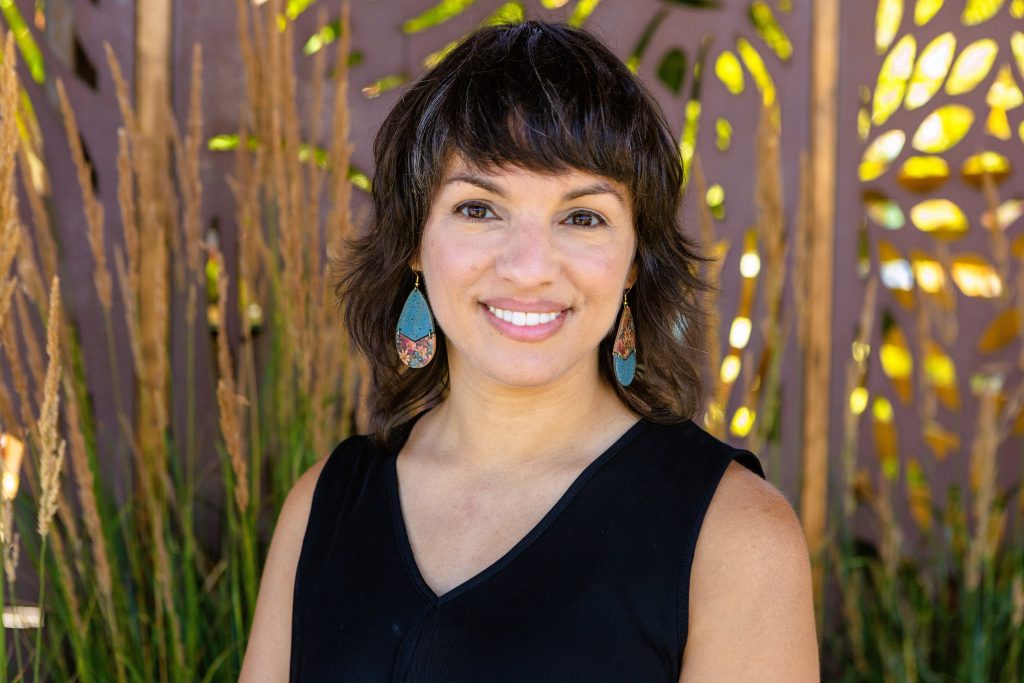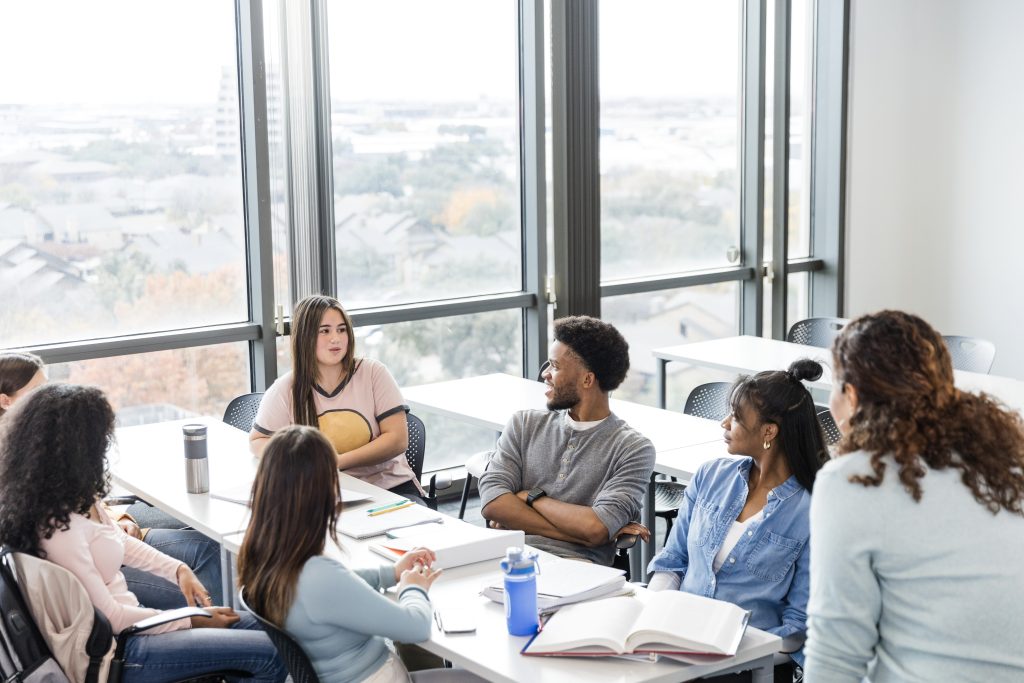Indigenous Ecologist Reflects on Mental Health, Purpose Through Dreams
November 18, 2022
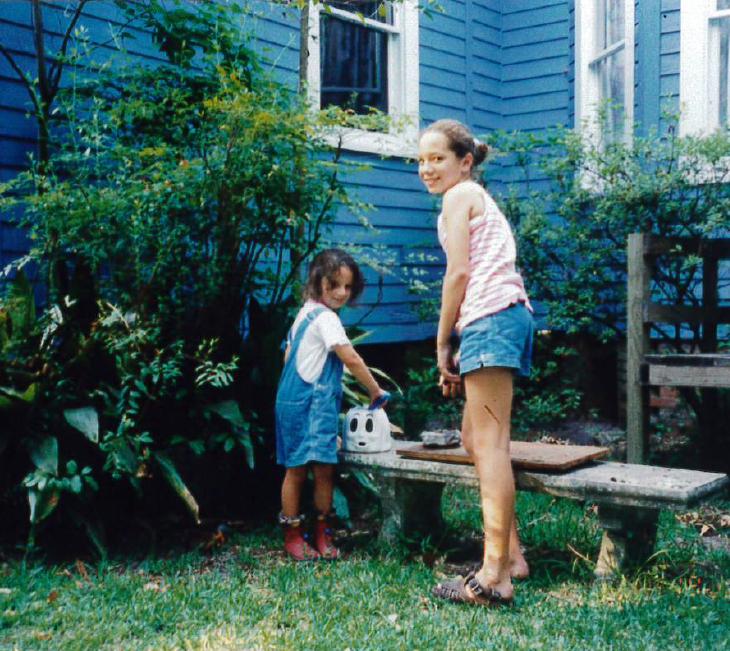
Content warning: The following article mentions suicide.
I’ve always had big dreams.
Growing up I spent summers with my grandparents in central Louisiana and we’d walk every morning. I’d talk the whole time, recounting my dreams the night before. My uncle to this day calls me Babbling Brook for how I’d talk and talk about my dreams at the breakfast table. I had big dreams too about what I wanted to be when I grew up. At three, I wanted to be a bug (go figure); by elementary: an Olympian; middle school: a United Nations delegate; high school: a groundbreaking journalist. I wanted to graduate top of my class and go to one of the best colleges in the country. Maybe being raised in Texas (where everything’s bigger) rubbed off on my ambitions. Dream big, everyone said!
But along with my big dreams came vivid nightmares. My beautiful brain that made all my dreams so memorable ensured I also recalled every disturbing detail of the truly bad ones. As a teenager these nightmares grew more frequent, and they only got worse after high school. At the time I was far from home at a small college in New England, struggling with depression and anxiety. I increasingly lost faith in people and society, retreated from the typical college life, and sought solace in nature.
Having grown up fishing, hunting, hiking and the like, nature was always a part of life, a provider, basically kin. Falling back on this connection gave me a sense of comfort and safety I desperately needed as I fumbled through my early 20s. I started to study ecology and spent more and more time in the woods neighboring campus – any excuse to escape human interaction among the trees.
Struggling to find joy in those days, I also sought religion. I didn’t especially identify as a Christian despite my Creole Catholic roots, but I attended Mass, nonetheless. I studied Buddhist sutras, enjoyed Rosh Hashana dinners, feasted for Maslenitsa, practiced yoga, celebrated solstices, and gravitated towards West African myth and ritual my senior year, finding familiar similarities with the folk traditions back home. Seeing so much beauty in these many paths to God, my soul started healing and finding peace.
Later that spring, my big sister Erin died by suicide.
Erin had attempted suicide that previous fall, after which I spent days sitting with her in a hospital bed. For hours we talked about what it meant to pursue our dreams and find our purpose. We read to each other. I confided in her my own suicide ideations and what kept me here. When I got the call that she was gone, everything went numb. I took leave from school to attend services and grieve with my family, but so close to graduation, I was encouraged to finish my coursework virtually. On those especially bleak days, homework was a welcomed distraction, but the lines of reality started to blur. Reading “Death and the King’s Horseman” for class, I was sure the gods were testing me. If we’re never given more than we can bear, how was Erin, despite her faith, pushed past her limits? Around that time, I learned that people bereaved by suicide are four times more likely to attempt suicide themselves. I was lost.
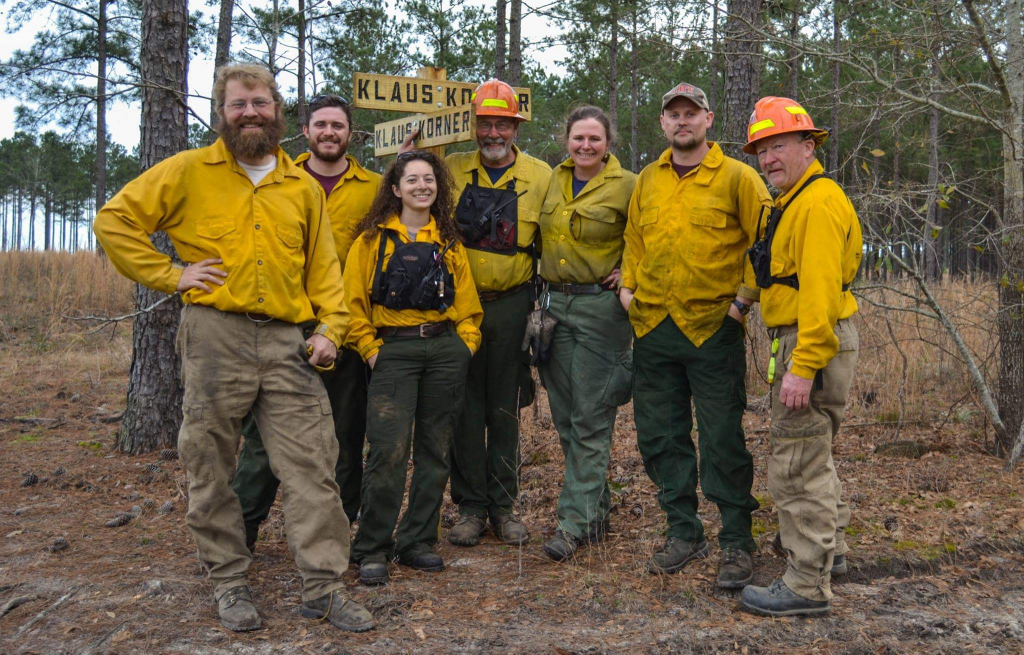 Kellyn LaCour-Conant and the fire crew. Courtesy image
Kellyn LaCour-Conant and the fire crew. Courtesy image
Still processing my pain, I had a dream: Erin was missing, and everyone was looking for her. My phone rang. “Hey sissy!” – it was her, as if nothing were out of the ordinary. “Erin! Where are you?” There was silence on the other end, followed by the sound of gulls, and suddenly I was at the beach. My sister’s voice faded into the waves – “Everything will be all right.” I was brought to the desert where I locked eyes with a cobra and a hawk brought me a fresh hare. I saw my mom, my sister, and me cooking rabbit together, smiling. When I woke, I told my mom and she was hungry for every detail, some lingering link to my sister. I later dreamed of my stepmom when she passed, my grandparents too when they transitioned. My family started to ask me more often if I’d had any special dreams lately, and to share with pride even the fuzziest recollections of relatives visiting them in theirs. The little girl with big dreams helped interpret the family’s path to where dreams come from, and our loved ones go.
I did my best to carry on. I accepted that the Creator wouldn’t want me to give up, and neither would Erin. I was raised on my sister’s hand-me-downs, so it seemed only right that I found renewed purpose blending her dreams deferred into the life I was now determined to live. While wildlife had always been my key interest, Erin was an artist and healer. She saw the best in people and wanted to bring them joy. Maybe I could find a way to help people, as she did, while also helping the environment.
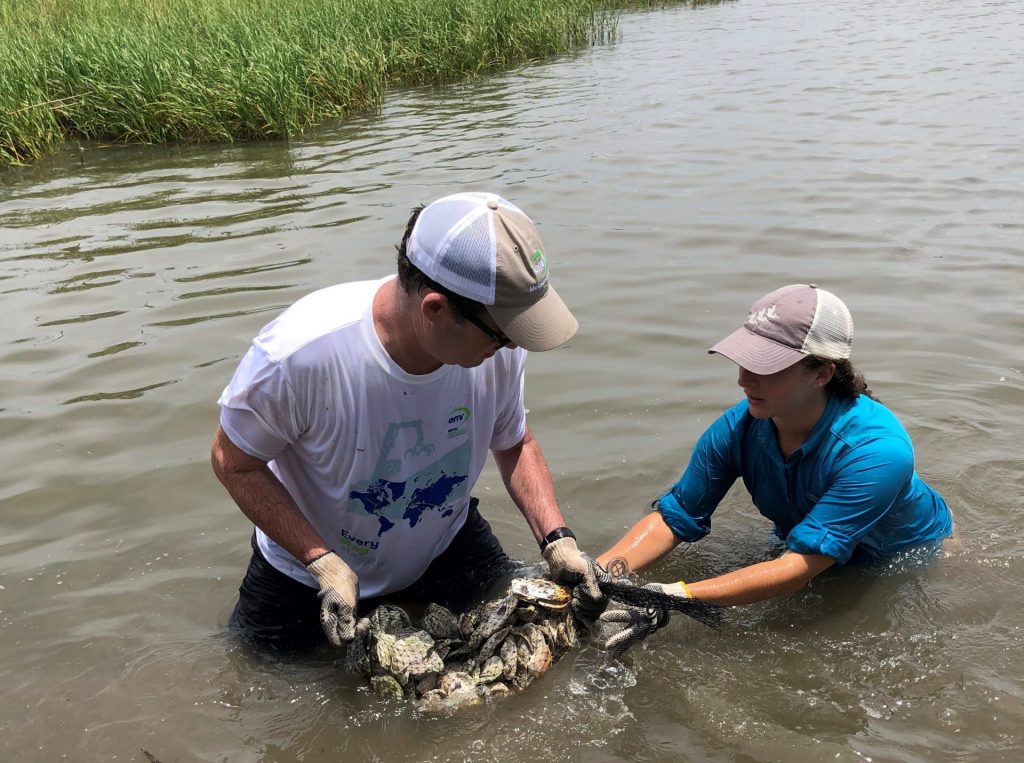 Kellyn LaCour-Conant and coworker at the oyster yard. Courtesy image
Kellyn LaCour-Conant and coworker at the oyster yard. Courtesy image
As an ecologist, I’ve worn many hats since then. But whether I’m building oyster reefs or tending urban farms, I strive to steward an environment where we can all grow healthier. There’s something sacred about the language of ecology, teaching us how we’re all connected, living and non-living. Restoration ecology is largely the practice of bringing healthy balance back to our relationship with the Earth. Now, working as a climate strategist, I take that same vision and apply it to public policy. Many community organizers burn themselves out fighting for human rights and the rights of nature. But I stay grounded in my faith, holding abundance and love like Erin would have. I follow the examples of my Elders in cultivating spiritual resilience in our fight for future generations.
At times when I doubt my purpose or fall back into dismal spells, I seek guidance – I light candles to my patron saints for clarity, thank sacred fires for restoring our pine forests, pray to the keepers of lightning and hurricane for safe passage through storms, and thank my ancestors for courage.
I rarely have nightmares nowadays. When I do, I wake up to find my cats snoozing peacefully beside me. Their fluffy comfort settles me back to sleep and all is well. But I will always, always have big dreams.
The National Suicide Prevention Lifeline is a hotline for individuals in crisis or for those looking to help someone else. The Lifeline provides 24/7, free and confidential support for people in distress, prevention and crisis resources for you or your loved ones, and best practices for professionals in the United States. To speak with a certified listener, dial the three-digit number 988.
Share
Related Articles
American Civic Life
American Civic Life
American Civic Life
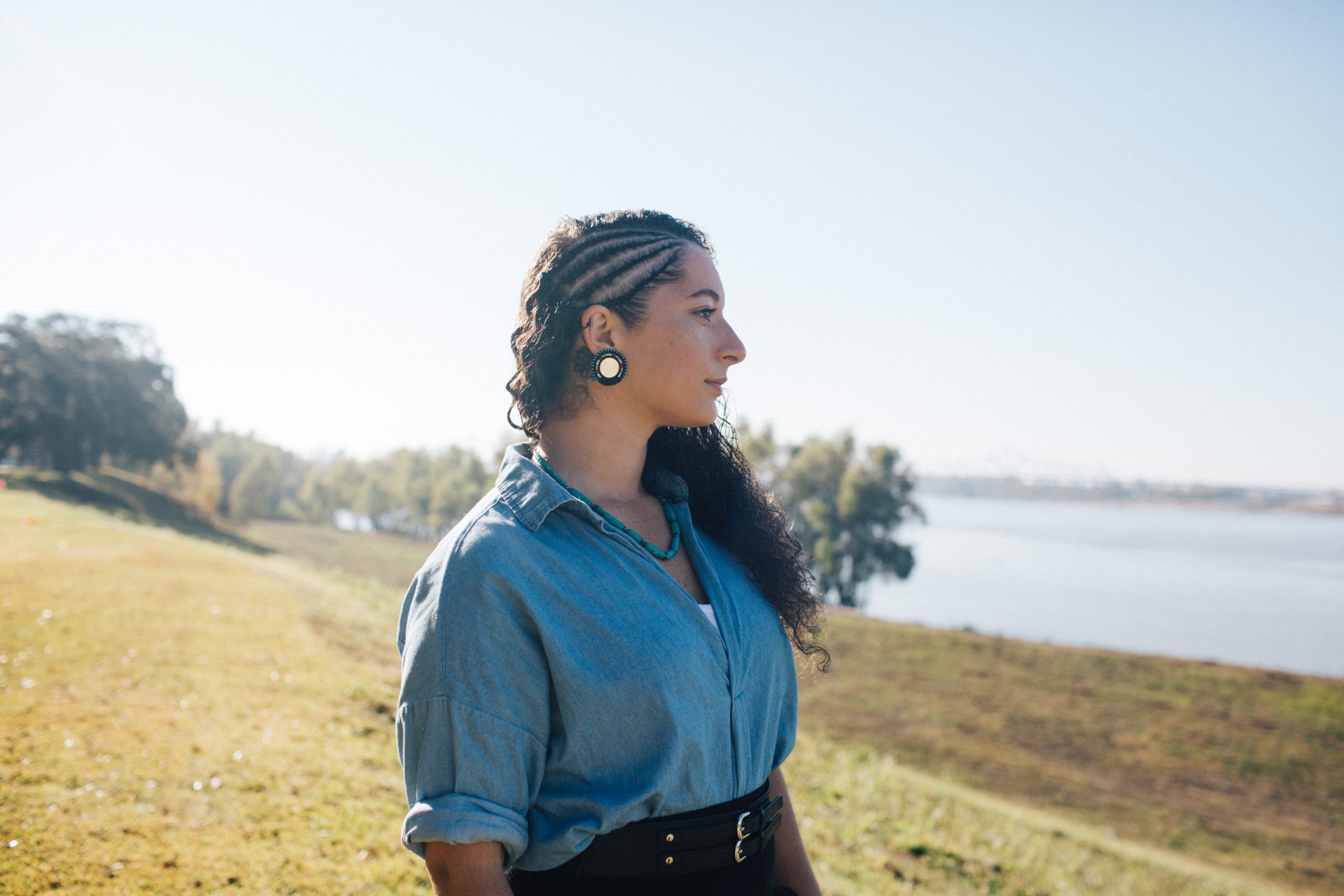
Kellyn LaCour-Conant
Kellyn LaCour-Conant is a two-spirit daughter of the Cane River Creole community, raised in Houston on Karankawa and Ishak land. She now resides in Iti Humma (Baton Rouge) and works to advance climate justice. In her spare time Kellyn enjoys baking, horseback riding, and beach volleyball.
